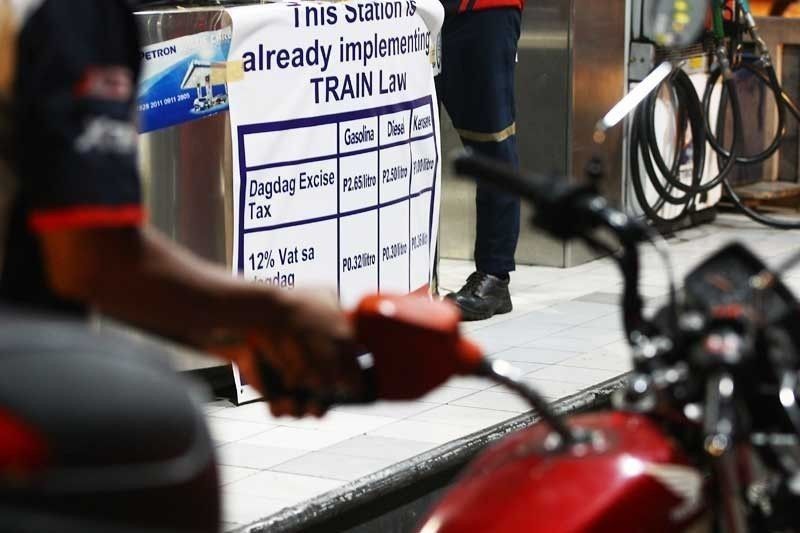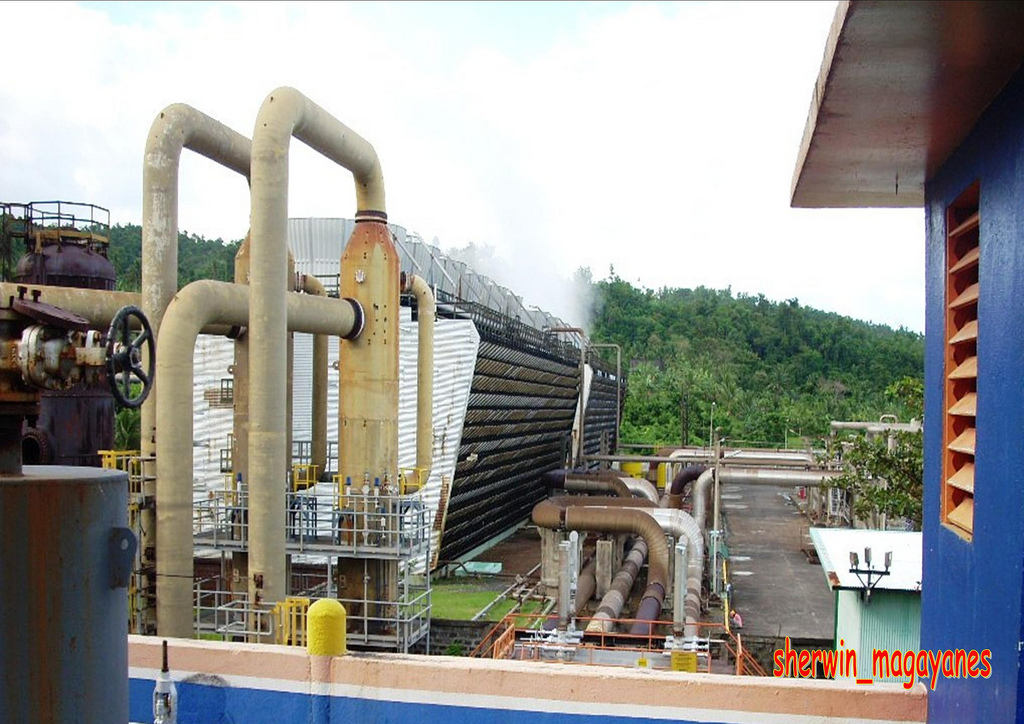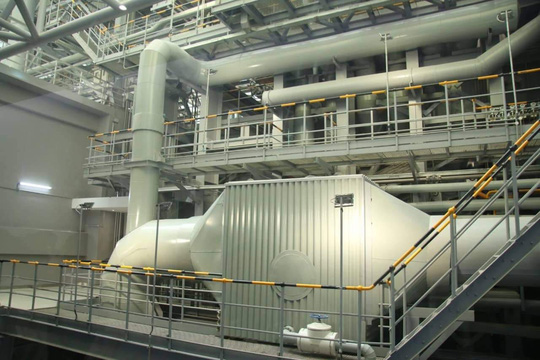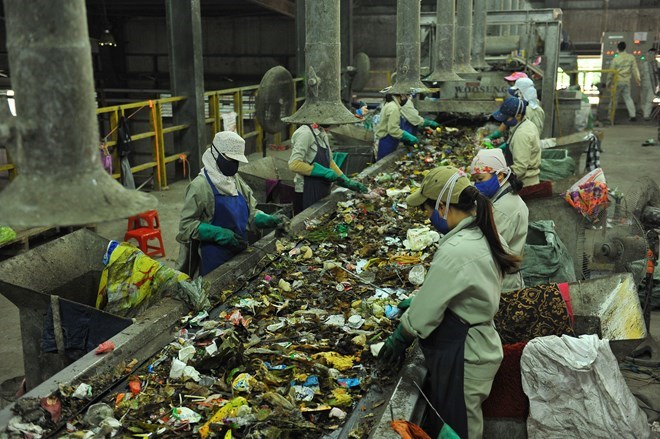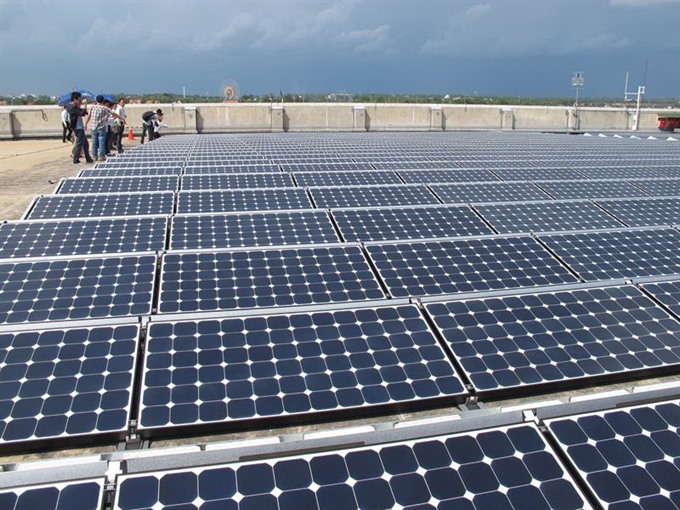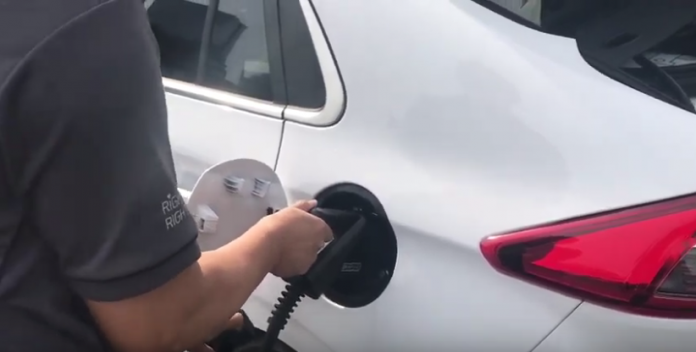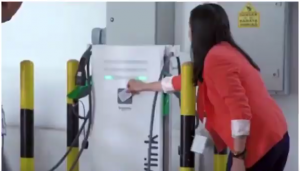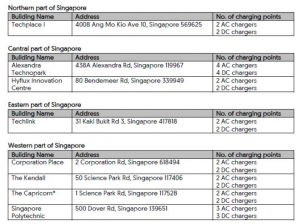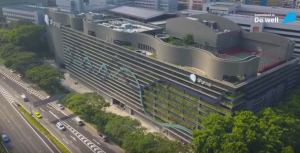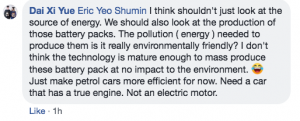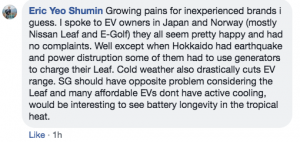- Oil & Gas ,
- Others
–
- Philippines
MANILA, Philippines — Over 400 gas stations have already imposed additional excise tax on fuel products as the Department of Energy (DOE) continues to monitor the industry for the Tax Reform for Acceleration and Inclusion (TRAIN) law’s proper implementation.
The DOE-Oil Industry Management Bureau (OIMB) said yesterday it has received 444 reports on the retail stations implementing the second tranche of excise tax on oil.
Of the 444 stations, 369 outlets are from Petron Corp., 46 from Pilipinas Shell Petroleum Corp. and 29 from Flying V.
As part of its strict monitoring, the agency has issued show cause orders to these gas stations to explain why they already imposed the tax since they are required to exhaust existing inventories first before doing so even if the higher taxes were effective Jan. 1 under the TRAIN law.
The DOE-OIMB said only new inventories in 2019, directly imported or locally produced by refineries, are covered by the second tranche of excise tax.
Yesterday, two teams from DOE-OIMB have been deployed in various retail outlets in Caloocan, Quezon City and Malabon to serve the show-cause orders and validate documents relative to the imposition of excise tax and its corresponding additional value added tax.
In practice, the DOE requires oil companies to have a minimum inventory of 15 days. Depending on the location of the gas stations, this means some gas stations may have already used up their 2018 inventory while others still have old stocks available.
The DOE-OIMB also emphasized that the level of inventories varies depending on the status of individual depots and retail outlets and product turnover.
“We are ensuring that our consumers do not become subjects of profiteering,” Energy Secretary Alfonso Cusi said.


